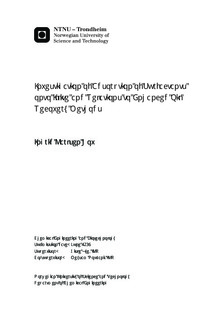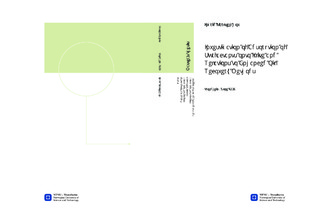| dc.description.abstract | Surfactants have many applications in enhanced oil recovery (EOR) and for each of these applications, care must be taken in selecting the right surfactant. Surfactants tend to be a major portion of the costs associated with EOR, and losing surfactants to adsorption leads to substantial economic losses. In this report, surfactant flooding and low salinity water injection are the two EOR methods of interest, and the effect of combining these two has been studied. Surfactant adsorption depends on many parameters, and the parameters investigated in this reports are salinity and the effect of divalent cations. In this experiment, the adsorption of the anionic surfactant SDBS onto Illite clay has been studied using UV-vis spectroscopy. Initially, the indirect method of surface tension was supposed to be used as well. However, because of an alteration in the execution of the experimental method regarding the UV-vis, the experiment became more time consuming than first expected.
The adsorption studies were carried out using five different salinity conditions. The ionic strengths were 0.2, 0.08 and 0.02 for high salinity, medium salinity and low salinity, respectively. In addition, each of the salinity concentrations was conducted both with and without CaCl2, except the high salinity condition, which was only conducted without CaCl2 due to precipitation when adding calcium. Originally, the high salinity concentration was supposed to be that of sea water, above 35 000 ppm, but this did not work, again due to precipitation.
The adsorption isotherms obtained for the various salinities indicate that a combination of the two methods low salinity water injection and surfactant flooding indeed leads to a reduced surfactant adsorption onto Illite clay. | |

